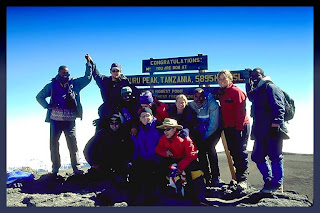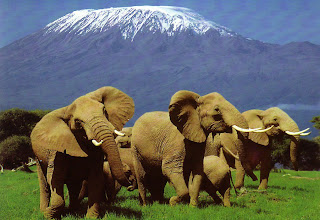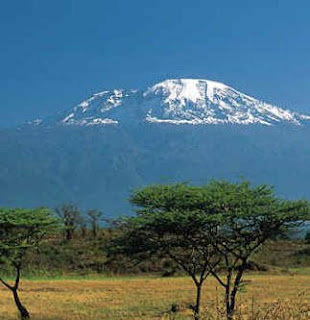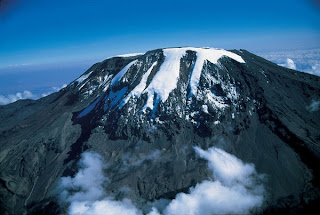‘home of Swahili Culture’
Pangani is a small town in East Africa’s coast with long history and a culture with Arabic, German, Asian and British Colonial rules influence. This is a place where Swahili, Arab, colonial traditions and modern hospitality blends together.
Located at the mouth of Pangani River that collects its water from Mt Kilimanjaro and Meru to the Indian Ocean, Pangani Cultural Tourism Programme offers various tours.
Here you will enjoy coastline with clean beaches where endangered Green Turtles breeds, historic sites, coral reefs, Old Port as well as great diversity of tropical marine dwellers.
Pangani offers;
- Historical town tour-Explore Historic buildings of Pangani town, slave market, old port and slave routes
- Pangani River cruising
- Maziwe Marine Park Island tour----diving and snorkelling + sun bath
- Village tours-a welcome to Coast people’s home and stay with a family getting an insight of the Swahili culture. Participate in various activities with the family members
- An opportunity to explore the life of Endangered Green Turtles. Visits to nesting sites and the release of the hatchlings to the Indian Ocean
- An opportunity for safari to Saadani National Park
- Cycling tours around the town, to the sisal plantations and adjacent villages
- Fishing with local fishermen
- Evening tour within and around Pangani town. Get an insight of local entertainments available in the area
- Farm tour-visit local’s farms with coconut, various types of fruits and enjoy fresh fruits and coconut juice while rolling on criss-crossing the dominating coconut trees
Where to stay;
A wide range of guest houses, hotels and lodges is available along the Indian Ocean beach and around the town of Pangani. Camping grounds are available in various places depending on nature of your tour around Pangani and neighbouring places.
Tourist information office or tour guides can make arrangements for homestays and overnights in local guest houses, hotels and lodges when making hikes of several days within and around Pangani area.
Facilities for hire;
Camping facilities can be hired after providing a one day notice. Mountain bikes and engine boat can be hired in Pangani town at a reasonable price. Pangani cultural Tourism Enterprise has an engine boat that can be available at any time.For those planning to leave for Zanzibar through Pangani or Saadani National Park, hired boats are available.
Tour Guides:-
The guides of the Cultural Tourism Programme are indigenous of Pangani who speaks good English and have ample experience in tour guiding in the area. The guides are very charming and will accompany you in leisure activities. Boat captains and the driver will guide you in all water related activities.
Bookings for various excursion and tours can be made at the Pangani
Tourist Information Centre (TIC) located at the Main bus stand. Pangani
T.IC has internet facilities. All Pangani registered guides are found at the
office. Tanzania Tourist Board Tourist Information offices at Arusha and
Dares salaam can assist on booking your tour in Pangani.
Pangani can be easily accessed by buses. There are daily buses leaving
Dar es salaam and Arusha to Pangani vuia Tanga. It takes 6 hours drive
from Arusha and 7hours from Dar es salaam. Pangani is 53 km South of
Tanga town where several mini-buses to Pangani are available.Mini-buses
leaves once all seats are occupied and it takes an hour to Panganito
Pangani.
Pangani Cultural Tourism Programme
P.O Box 3, Pangani
+255 732 976460,+255 784 539141
Email: info@panganitourism.com
www.panganitourism.com
Revenues generated from this cultural tourism Programme is used to conserve endangered marine dwellers (green turtles), the Pangani Historical buildings, environment and improve people’s Livelihood in Pangani








































